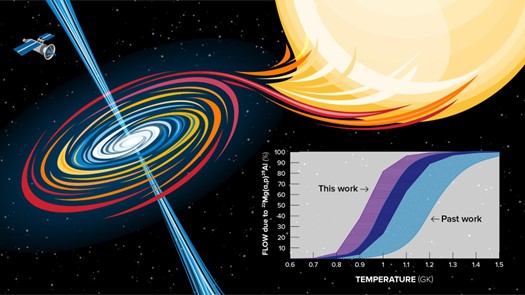
Scientists Directly Measure a Key Reaction in Neutron Star Binaries
Scientists study a key reaction in X-ray bursts, shedding light on the reaction mechanisms behind thermonuclear flare-ups during these events.

Scientists study a key reaction in X-ray bursts, shedding light on the reaction mechanisms behind thermonuclear flare-ups during these events.
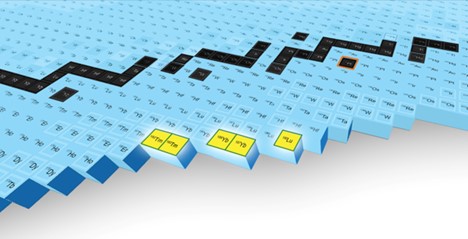
The discovery of new isotopes demonstrates the user facility’s discovery potential.
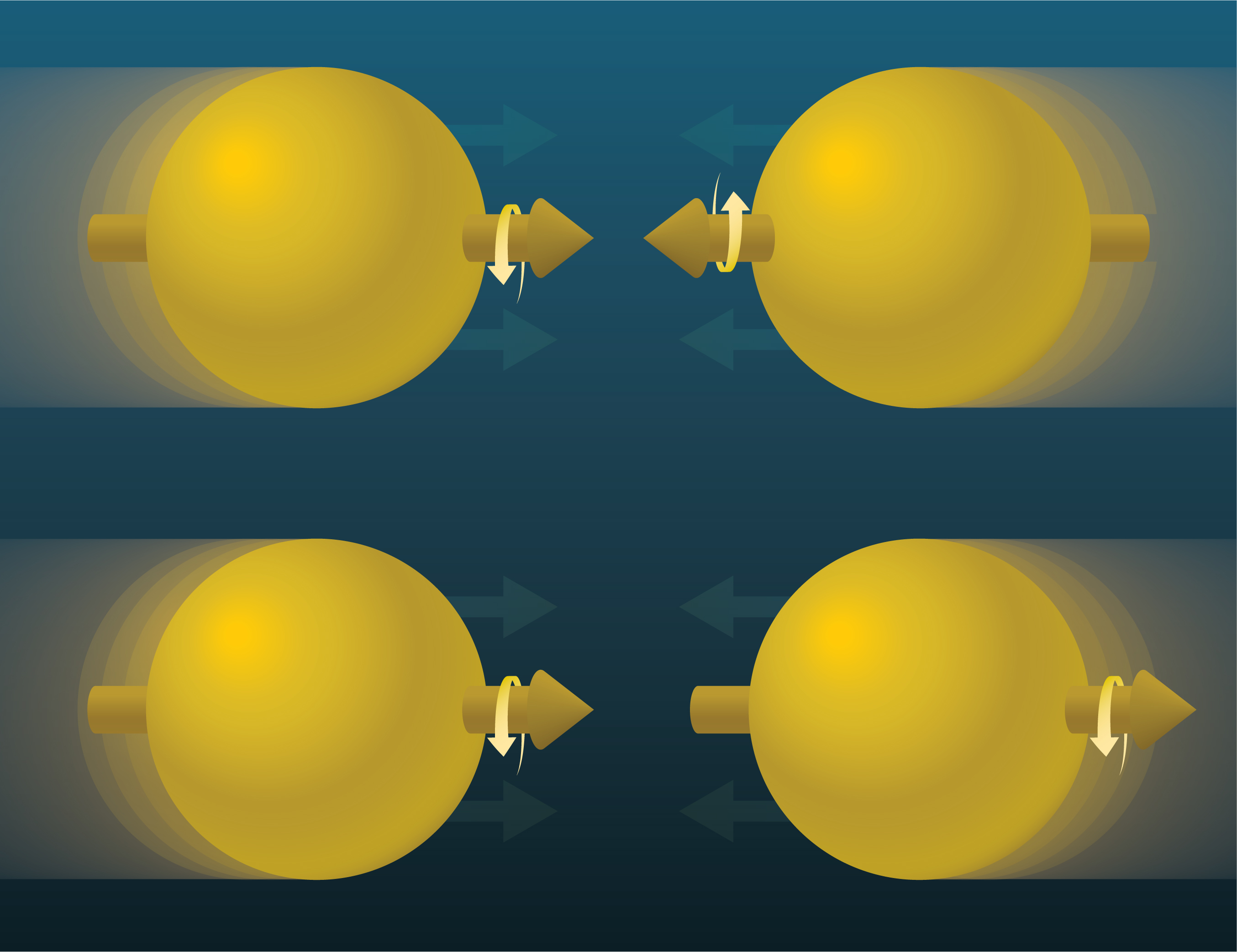
A measurement tracking ‘direct’ photons from polarized proton collisions points to positive gluon polarization.
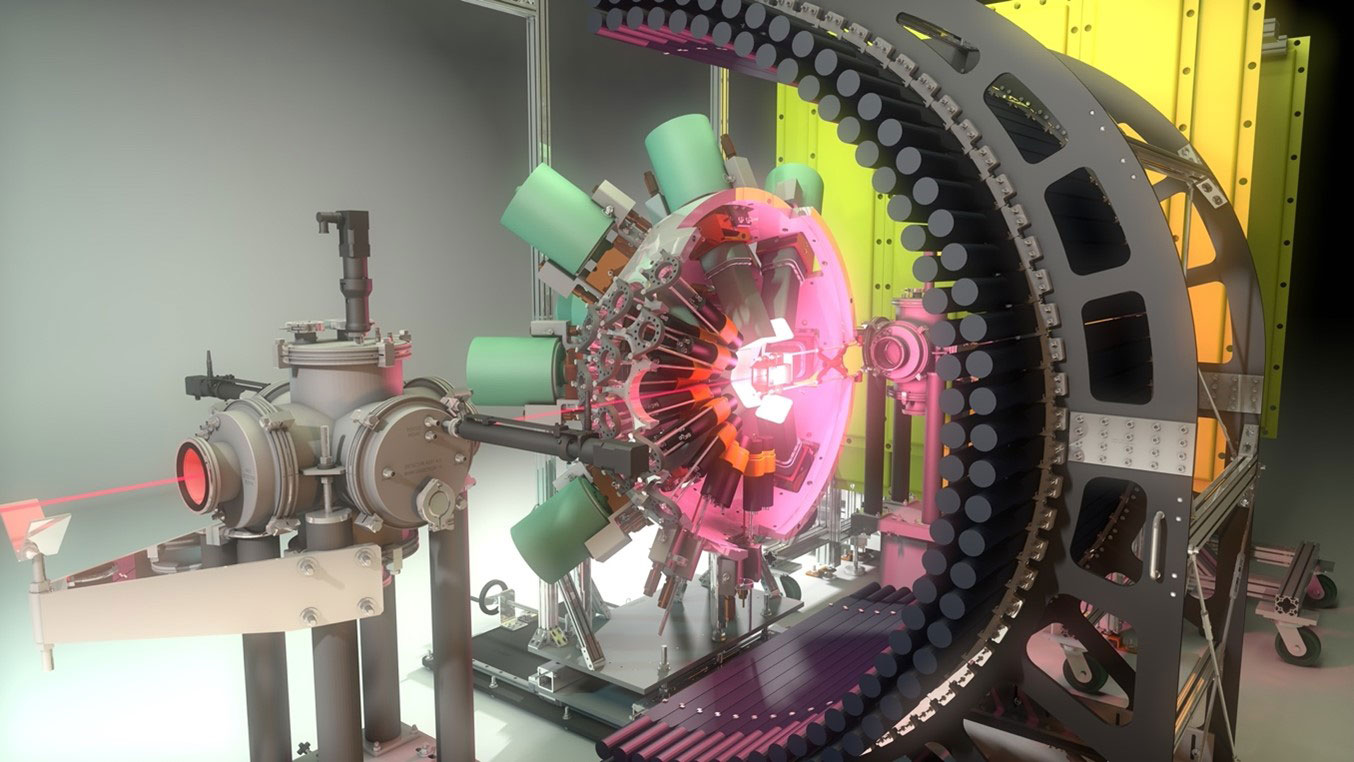
A newly discovered excited state in radioactive sodium-32 has an unusually long lifetime, and its shape dynamics could be the cause.
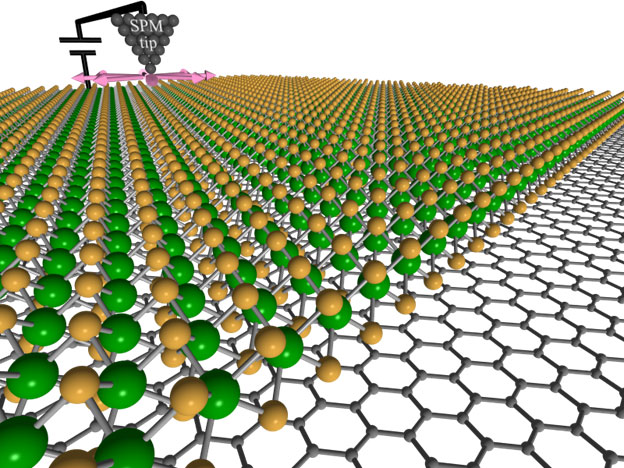
Machine learning and artificial intelligence accelerate nanomaterials investigations.
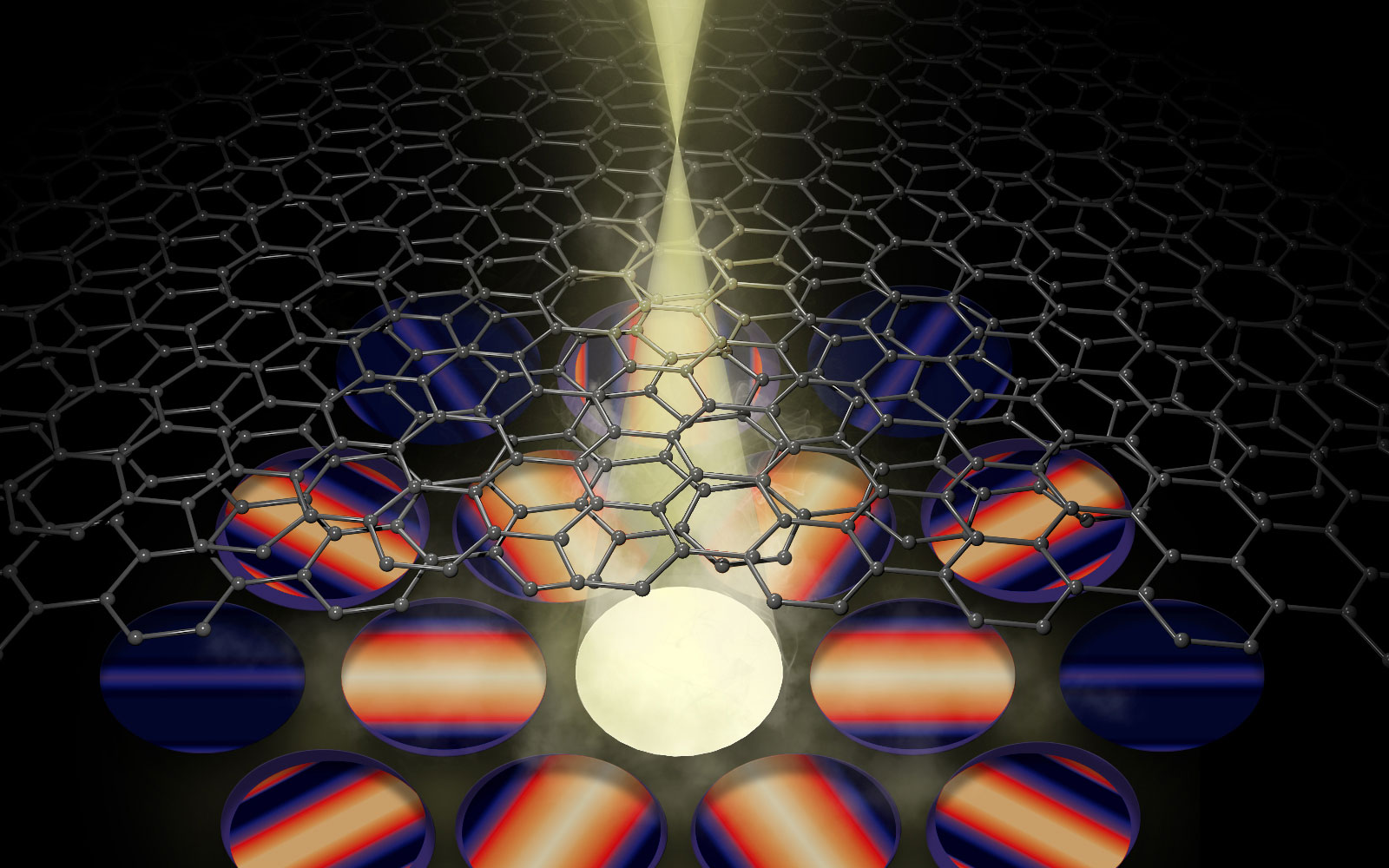
A new microscopy technique measures atomic-level distortions, twist angles, and interlayer spacing in graphene.
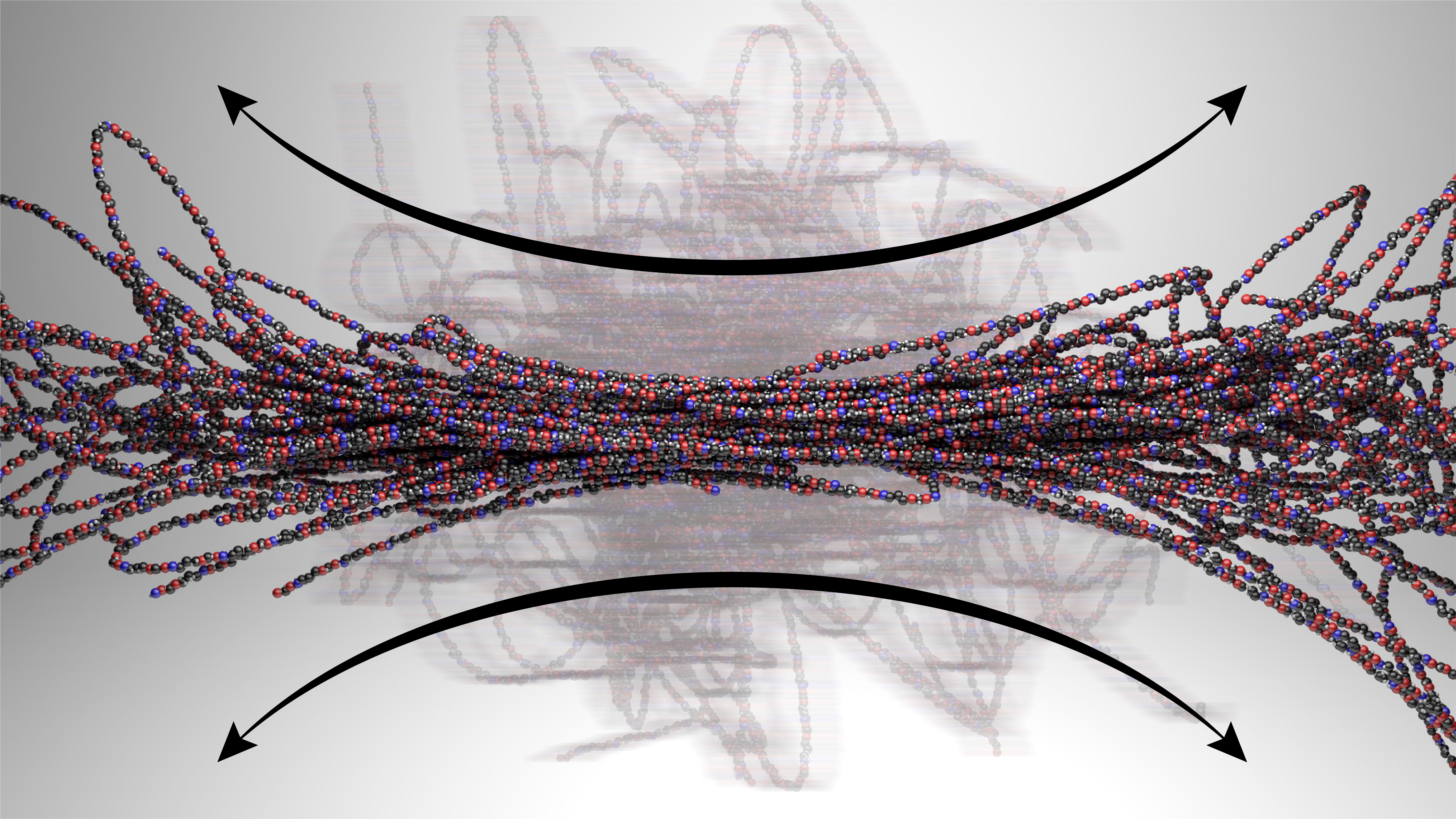
New computational methods “fingerprint” polymer motions under flow.
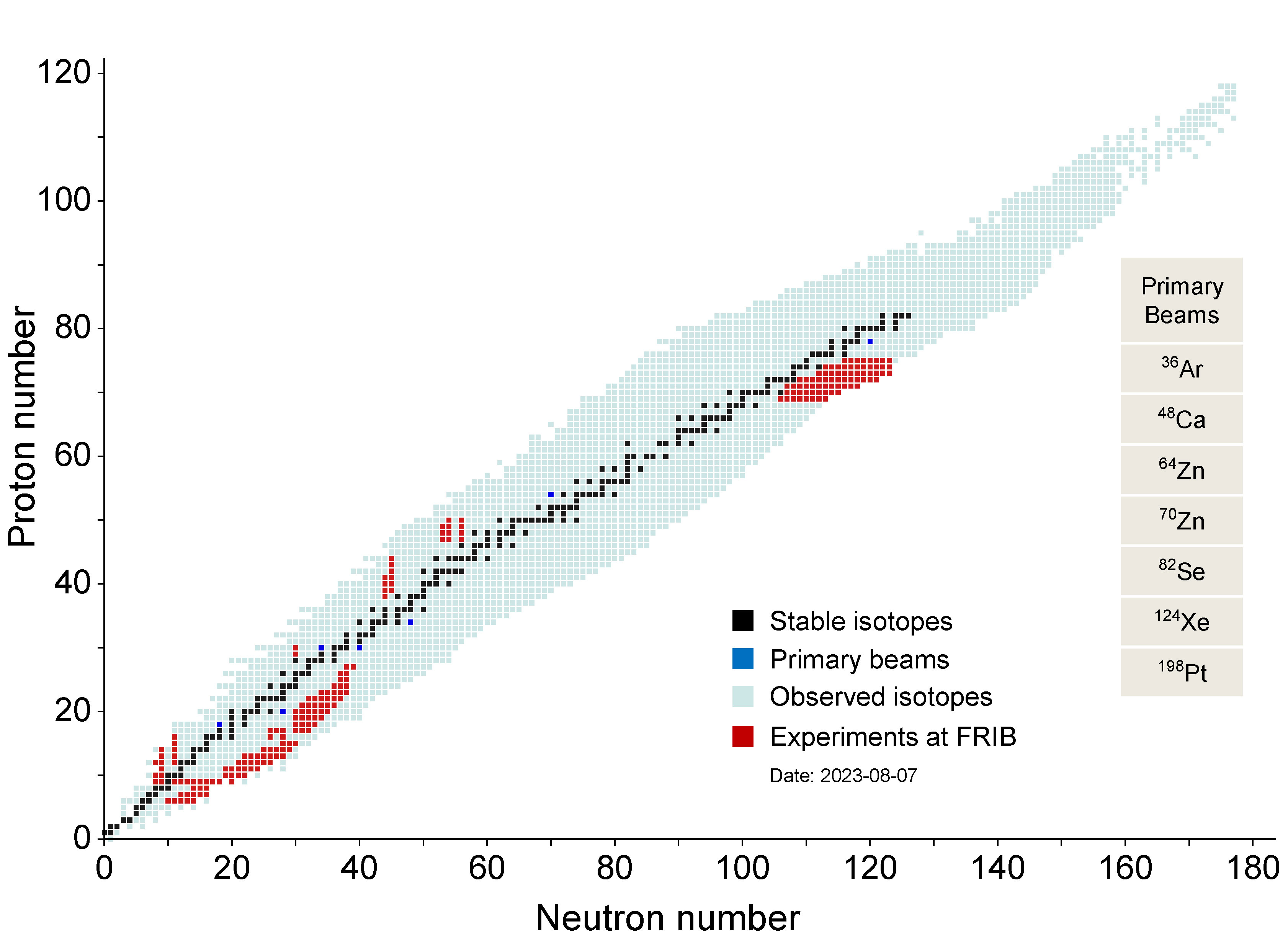
Department of Energy user facility helps probe questions from changes in the structure of nuclei to nuclear reactions that shape the Universe.
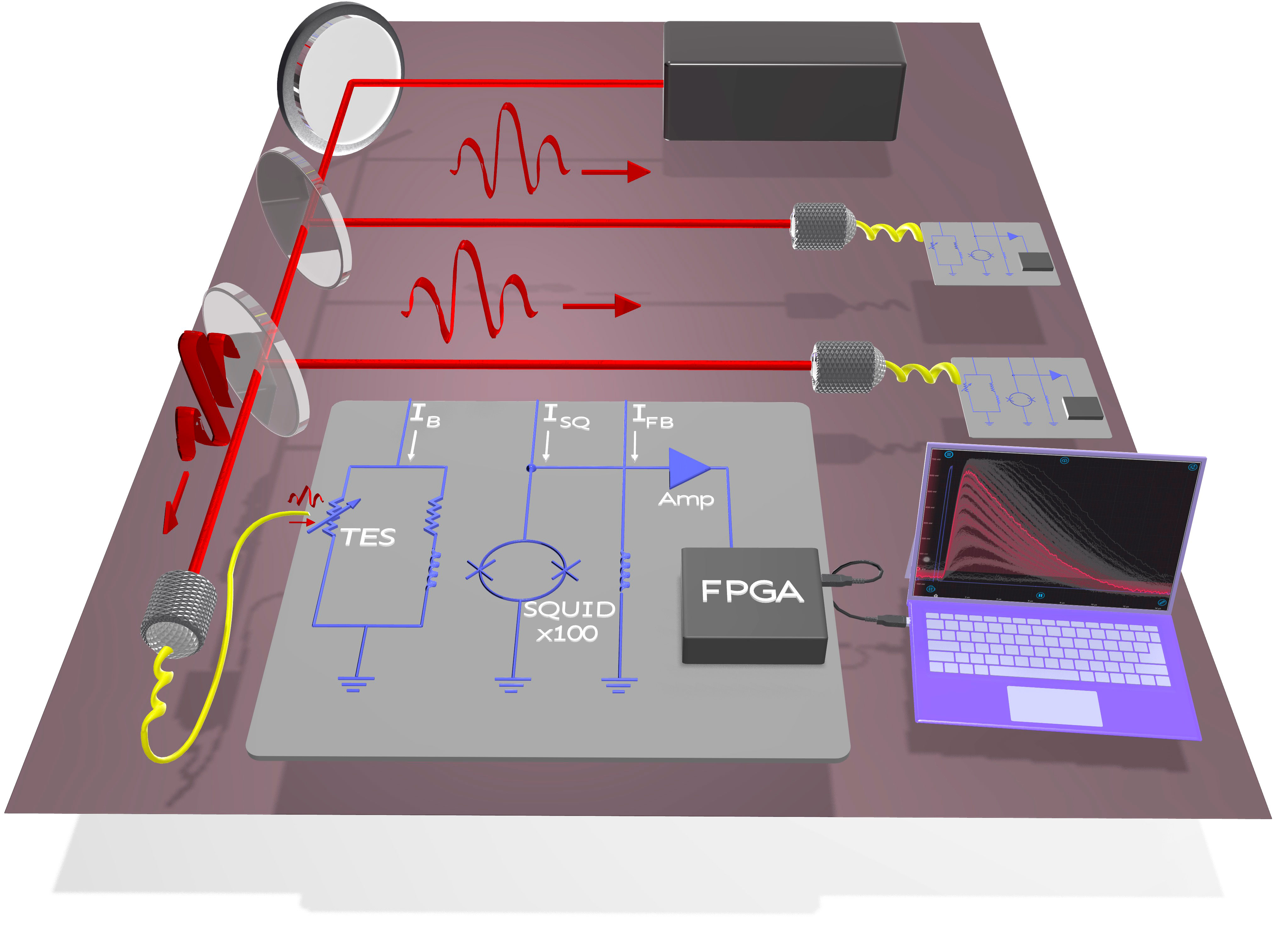
A new system for detecting photons in laser-powered quantum computers brings these systems closer to reality.
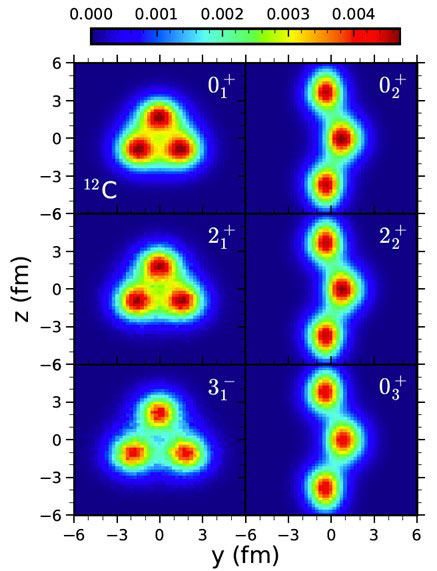
Researchers examine the structure of the low-energy nuclear states of carbon-12 using nuclear lattice effective field theory.
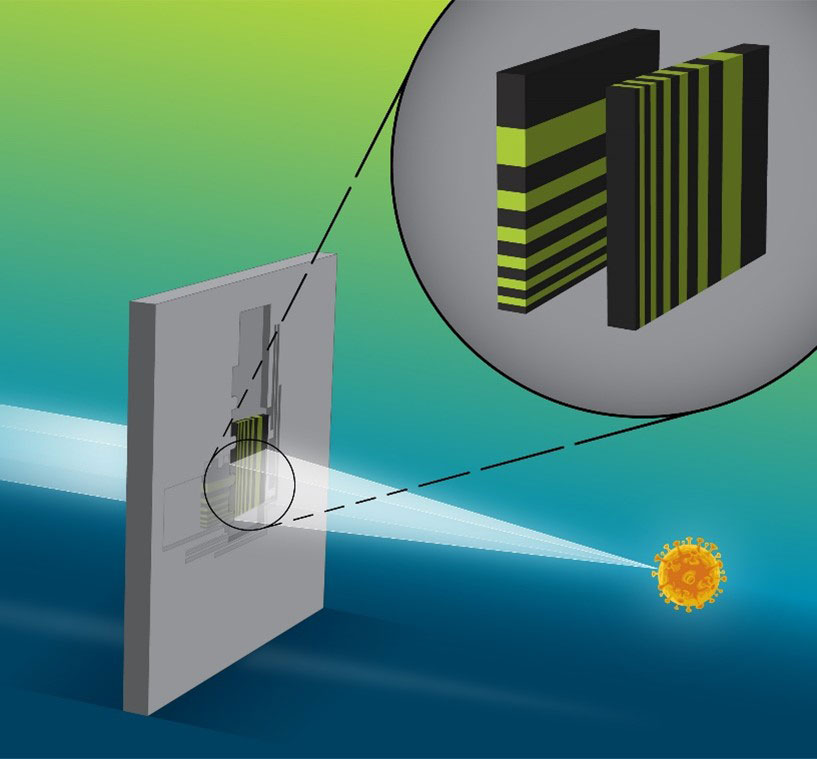
This new Laue lens system received a 2022 Microscopy Today Innovation Award.
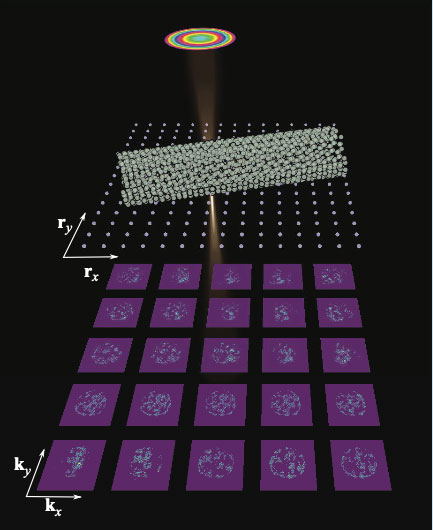
New algorithms allow real-time interactive data processing at 10X previous rates for electron microscopy data.